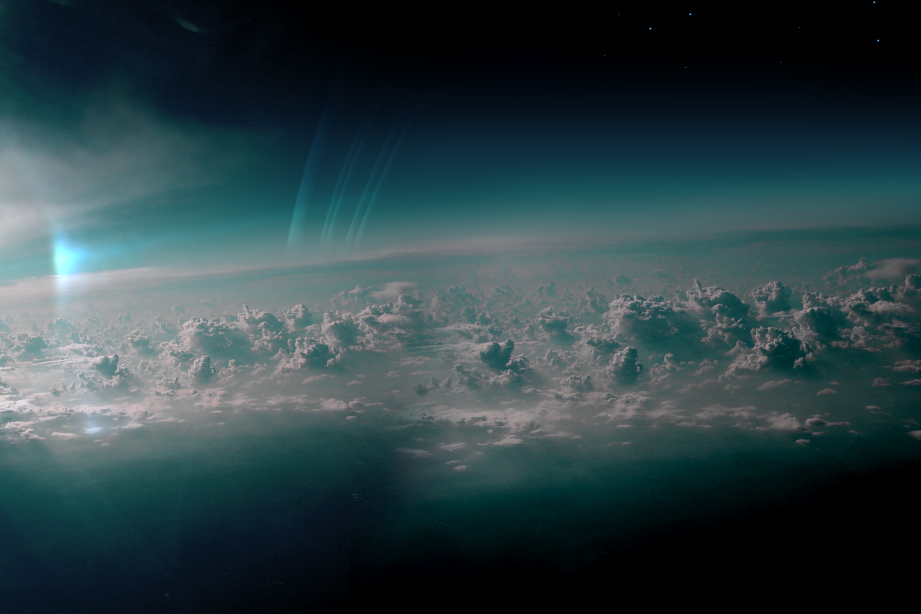Uranus has often been unjustly overlooked. Mars, Venus, Saturn, Jupiter, and Mercury have all been visited by probes. However, Uranus and Neptune have not had a single devoted visitor.
A specialist team from the US National Academies suggests that this omission may be addressed in a new report outlining the top goals for planetary research and astrobiology. The group prioritised a Uranus probe as the next planetary flagship mission for launch within the next decade.
The report is titled Origins, Worlds, and Life: A Decadal Strategy for Planetary Science and Astrobiology 2023–2032, and it is a once-a-decade survey prepared by the US National Academies of Sciences, Engineering, and Medicine at NASA’s request to identify the most important scientific targets for the next decade.
So, Uranus’ time has finally come.

According to the report, this mission would conduct a multi-year orbital circuit around Uranus, exploring its atmosphere, which would give an abundance of data about ice giants and Uranus and its moons.
There’s no debating over the fact that Uranus is a fascinating planet. It is the Solar System’s only planet with a spinning axis nearly parallel to the orbital plane. It also leaks everywhere, has a skewed magnetic field, rings like nothing else in the Solar System, and emits X-rays.
According to the committee, Uranus justifies more investigation to better understand the Solar System’s evolution, especially since the last probe to come close to the planet was in 1986.

The panel has identified several launch windows in the 2030s, the first of which is in 2031; planetary probes constitute a long-term investment.
“Uranus is one of the most intriguing bodies in the Solar System,” the scientists wrote. “Its low internal energy, active atmospheric dynamics, and complex magnetic field all present major puzzles.

An expedition to Uranus might cost more than $4 billion, but the ultimate scientific payoff would be invaluable. In the previous survey, the two highest-priority projects were a Mars sample return mission and a voyage to Europa, an ice moon orbiting Jupiter with a probable interior ocean. Both missions are now in the development phases.
Other recommendations in the new study included continuing the Mars sample return mission, restoring the Mars exploration programme, continuing support for lunar exploration, and, for the first time, improving NASA’s effort to discover and track asteroids that pose a threat to Earth’s life.
It may take a long time to accomplish any or all of these goals. However, the journey to the stars begins with baby steps.


